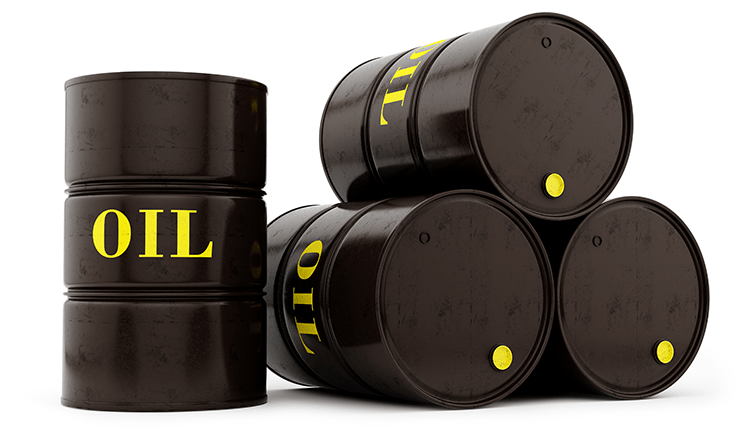Key Points:
- Ukrainian forces launch drone strike on Russia’s third-largest oil refinery in Tatarstan, targeting CDU-7 refining unit.
- Despite no critical damage reported by Russia, the strike aims to undermine Russia’s oil revenue and military capabilities.
- Ripple effects include a 14% shutdown of Russia’s refining capacity and Brent crude prices soaring above $89/barrel, reflecting market concerns.
In a bold move that underscores the escalating tension in the Ukraine-Russia conflict, Ukrainian forces have launched a drone strike on Russia’s third-largest oil refinery located in the Tatarstan region, over 1300 km away from the front lines. The primary target, the CDU-7 refining unit, is a critical component of the facility, which processes 155,000 barrels of crude per day, making up more than 6.2% of Russia’s total refining capacity.
Despite the strategic significance of the strike and the potential to impact Russia’s oil output severely, official reports from Russia indicate that there was no critical damage and that the production was not disrupted thanks to a swift extinguishing of the resultant fire within 20 minutes.
Undermining Russia: 14% Oil Refinery Capacity Shut Down
This attack is part of a broader strategy by Ukrainian forces to undermine Russia’s war effort by targeting not just military infrastructure but also economic assets critical to the country’s war machinery. Ukrainian intelligence has articulated that these attacks, including ones on other oil refineries and a plant producing Shahid attack drones, aim to cut down Russia’s oil revenue and retaliate against Russian strikes on Ukrainian soil. Remarkably, these efforts have led to the shutdown of 14% of Russia’s refining capacity, causing significant damage to drone production facilities.
Oil Refinery: Brent Crude Soars to $89/Barrel.
The ripple effects of the drone strikes have been significant. Additionally, ongoing conflicts in the Middle East have contributed to this situation. As a result, there has been a sharp increase in Brent crude oil prices. Remarkably, these prices soared above $89 a barrel. This is the first time such a high has been reached since October. This price spike reflects growing market concerns over the stability of oil supplies amid escalating regional tensions.
Political Repercussions and Responses
The Ukrainian President, Volodymyr Zelenskiy, has emphasised the importance of these long-distance military actions as a response to what he describes as “Russian terrorism.” On the flip side, the Kremlin has a different perspective. They have labelled these attacks as acts of terrorism by the Kyiv regime. Moreover, spokesperson Dmitry Peskov has stated that efforts are underway. Specifically, these efforts aim to minimise and, eventually, eliminate this threat.
Conflict Escalates: Ukraine Advances Drone Warfare
These drone strikes, coupled with previous high-profile attacks within Russia, signal a new phase in the Ukraine-Russia war. Ukraine has made a strategic pivot to enhance its drone production. Additionally, it plans to employ long-range retaliatory strikes. This approach represents a significant escalation in the conflict dynamics. Consequently, it could potentially bring the war closer to Russian soil. This approach aims to undermine Russia’s military capabilities. Furthermore, it seeks to impact the country’s economic stability. By doing so, it projects the consequences of the war within Russia’s borders.














